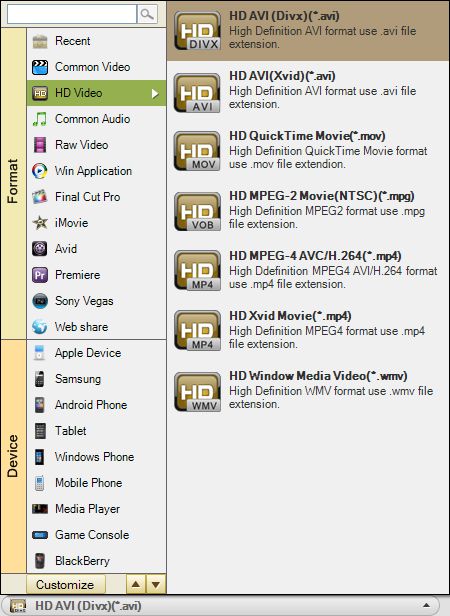

GAMEMAKER STUDIO 2 EXTENSIONS PLUS
During the growing season, the leaves of the tree photosynthesize (take in carbon dioxide plus water plus sunlight) to produce sugars, which are transported to the fruit and stored in the form of starch. For storage we want to choose fruit that is mature but not necessarily at peak ripeness, before it has reached its climacteric. From that point the fruit is ripe and will reach senescence (die) and soften very rapidly. At a certain point in its maturity, the fruit will go through a concentrated burst of increased ethylene and respiration, referred to as the climacteric. Usually in later ripening varieties when the seeds become brown the fruit is ripe, but with early season apples, they may be ready to eat before the seeds turn brown.Īs the fruit ripens, respiration increases (fruits breathe like we do) and the fruit begins to soften.

A quick check is to cut a sample fruit horizontally and look at the seeds. There are anumber of methods used to check on harvest maturity in apples. Commercially a “stop-drop” can be applied to retard the hormonal process for a several days until fruit ripens. In other varieties, such as Gravenstein and Spartan, the bond of the cells is weaker and fruit tends to drop before fully ripe. In some varieties, like Akane and Gala, the bond is very strong and fruit hangs on the tree long after it is fully ripe. As the fruit ripens, the cells in the abscission layer weaken causing fruits to eventually fall from the tree. This hormone acts on certain cells that separate the fruit stem from the spur on which it grows, called the abscission layer. Maturity in applesĪs apples ripen a hormone called ethylene is released by the fruit. Enjoy them fresh while in season or choose a method to preserve them that works for you. Remember that storing most stone fruits will be short-term to very short-term. Both will do some ripening off the tree but the window between immature and mature fruit is small. Some plums and apricots don’t ripen off the tree as well, so canning or drying are recommended rather than trying to store extra fruit.

When taking sugar readings there will be variation among the different varieties. Peaches and nectarines with readings above 10% will usually ripen well and taste good after they are harvested. For those highly colored varieties with no visible ground color this is an effective method. In a few days the fruit will soften and be ready to eat.Ī more exact measurement for harvesting stone fruit uses the refractometer, an instrument that measures the percent of sugars -soluble solids- in a liquid (in this case the juice of the fruit). Avoid packing peaches and nectarines more than two layers deep or the bottom layer of fruit may be damaged. Fruit can be placed in a box lined with newspaper or other padding, with the stem end down. Fruits that you want to transport or save for display should be picked firm but mature. Sample one, and if its level of sweetness is good even though the texture is a bit crunchy, it is probably ready. Taste is still a good indicator of ripeness. Some of the newerpeach and nectarine varieties have been developed with high red color and firmer texture, making it more difficult to tell when they are ready to pick. Check for color on shaded areas of the fruit, not the sun-exposed side where red color may come early and hide the green. A frequent complaint in buying peaches at the grocery store is that the fruit was picked immature, and the result is often poor quality and a dissatisfied customer. Harvesting before this often yields immature fruit of lower quality which may never ripen properly.
GAMEMAKER STUDIO 2 EXTENSIONS SKIN
Pick as the color break occurs –as the greenish skin ground color turns to yellow, or cream color in white flesh peaches and nectarines. Ground color break is another good indicator of when fruits are mature for harvest. Pressing this area slightly with your finger will help check for softening. Peaches and nectarines usually soften first along the suture line, which runs from the stem to the blossom end of the fruit. A taste test will usually tell you when a given variety is ready. In the case of most stone fruits, when the fruit has colored well and is beginning to soften, it is ripe for picking.


 0 kommentar(er)
0 kommentar(er)
